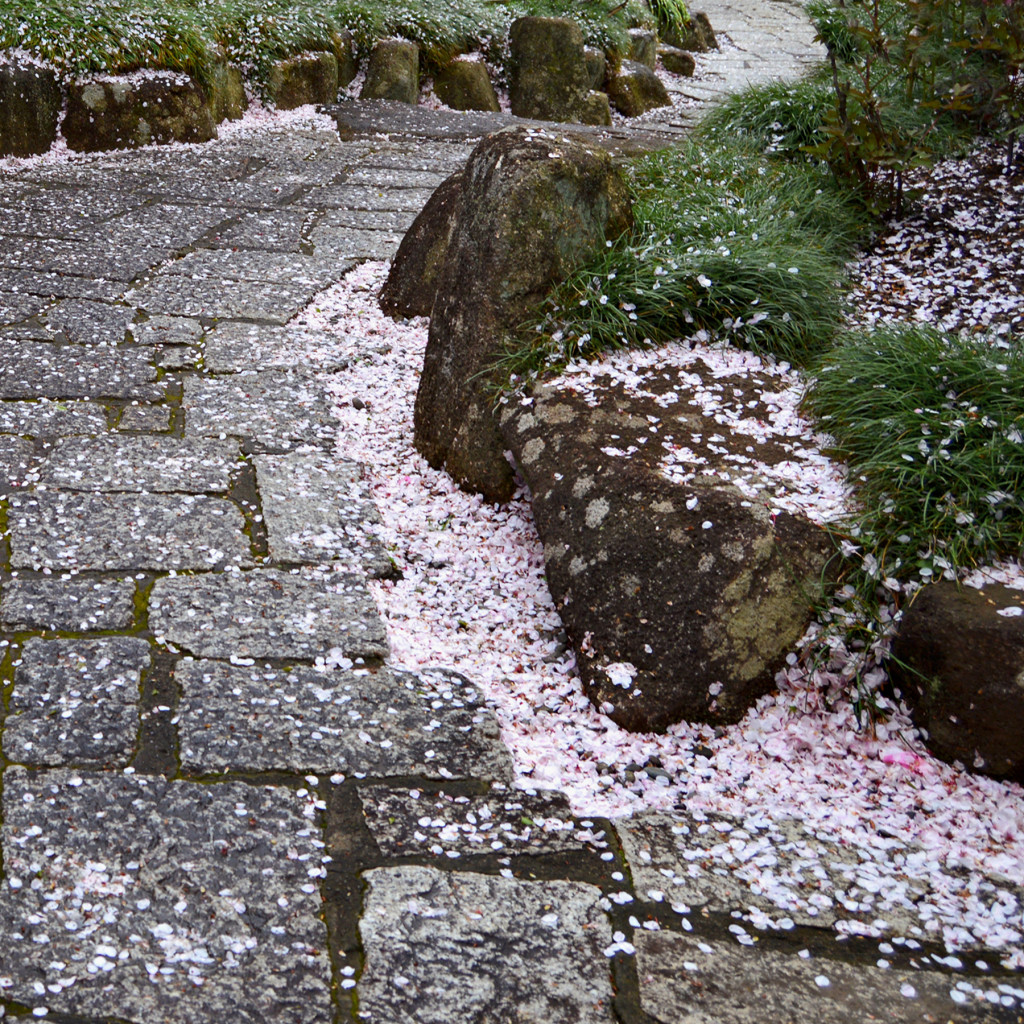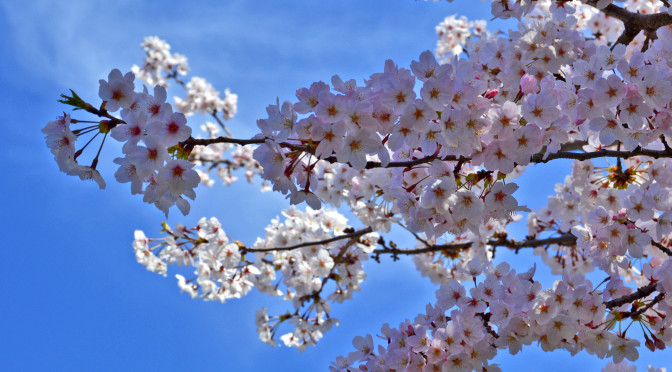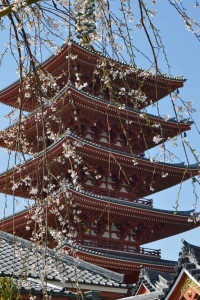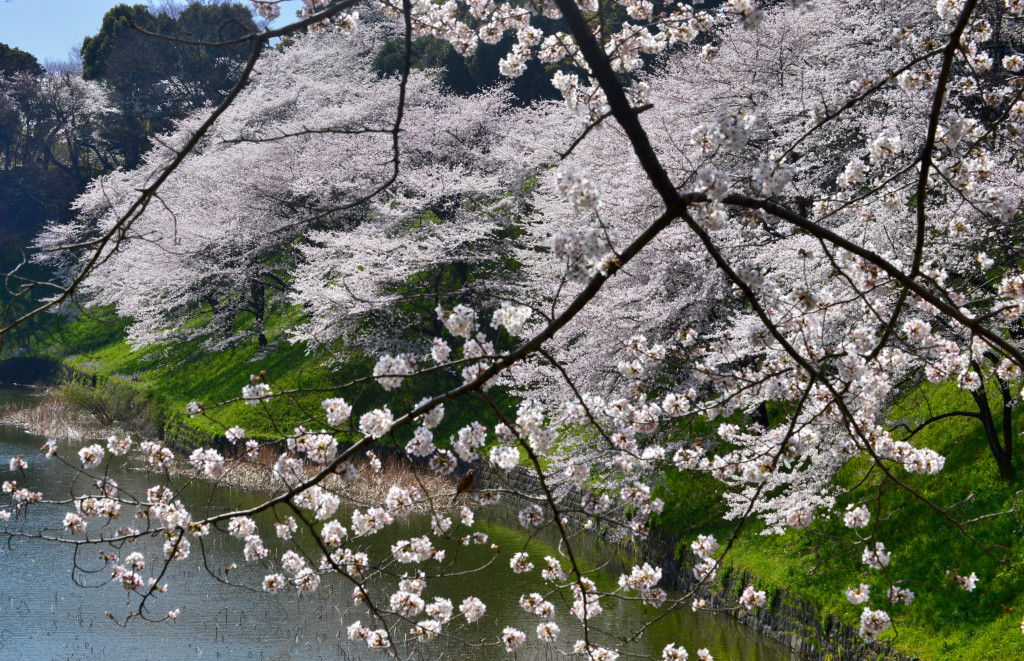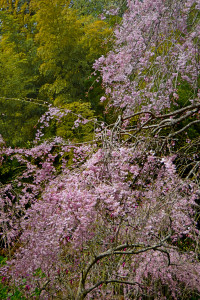The traditional Japanese appreciation of nature and natural materials is evident in their architectural use of wood, straw, paper and stone; culminating in the aesthetics of the Japanese garden. This love of nature is demonstrated every year during cherry blossom season, as the blooms gradually spread throughout the country from mid March to late April; forecasted and monitored by the Japanese weather service and eagerly followed by the general public.
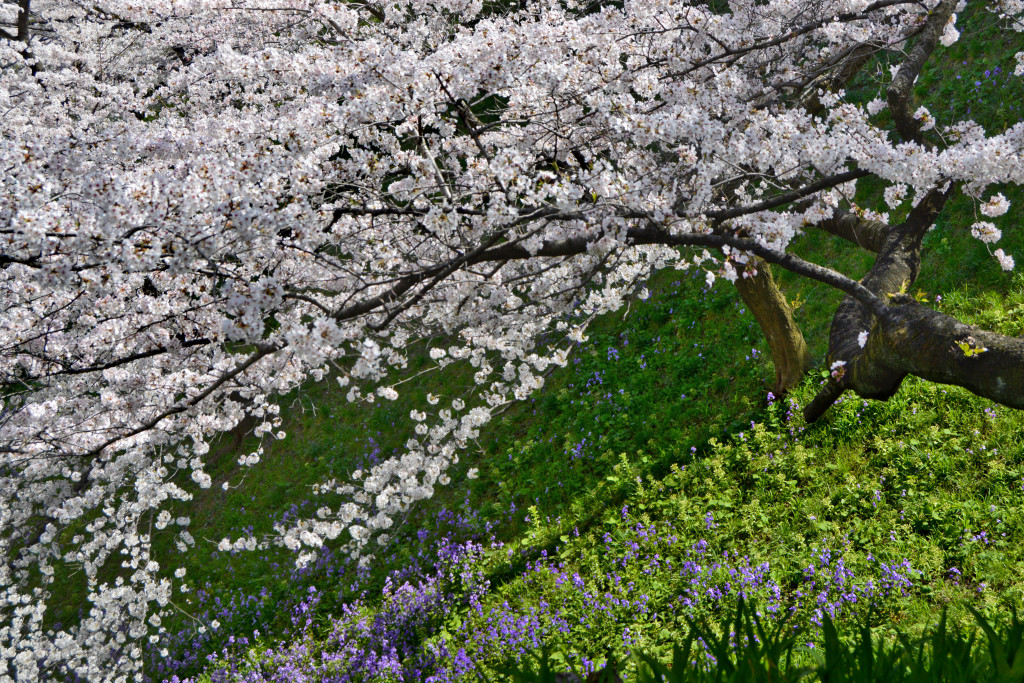
The flowering cherry tree (prunus serrulata) called “sakura” is the national flower of Japan. These ornamental trees are grown primarily for their flowers and don’t produce fruit (edible cherries come from a related species of prunus which also comprise plums, peaches, apricots and almonds). Flowering cherries include some spectacular weeping varieties, and their blossoms range in color from pure white to deep pink shades.
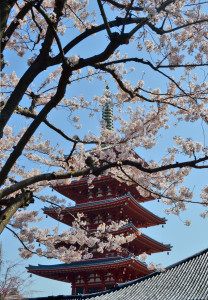
With the arrival of Spring, in large cities such as Tokyo, a collective obsession seems to take hold of the population as thousands of people gather (ever so politely) to view the cherry blossoms, take countless photographs, picnic and drink sake under the flower-laden trees. Family outings, office parties and school field trips all converge in the joyful exuberance of a shared pleasure. And in the evenings for “yozakura” (night-sakura or flower-viewing at night) paper lanterns and artificial illumination turn parks, tree-lined streets and canals into magical wonderlands.
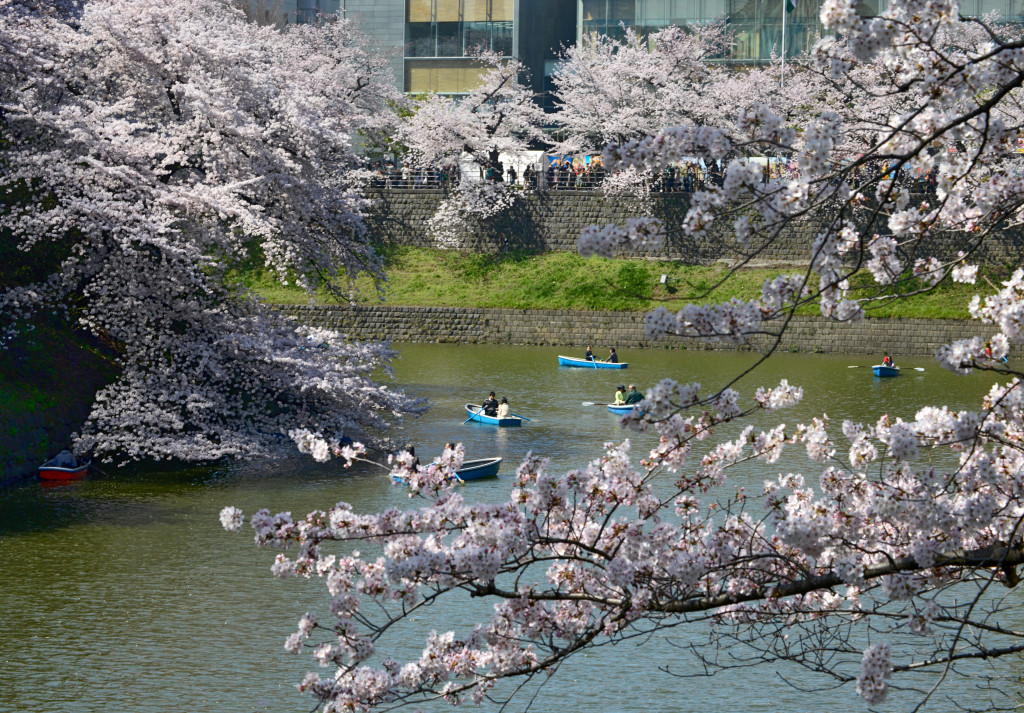
“Hanami” (flower-viewing) is a centuries-old Japanese tradition which originated among the aesthete courtiers of the Heian period (794-1185). Members of the Imperial Court would gather to admire the sakura at outdoor parties featuring poetry competitions. The custom later spread to all classes of society, and even fierce samurai warriors cherished the peacefulness of their gardens and paid poetic homage to the frailty of flowers.
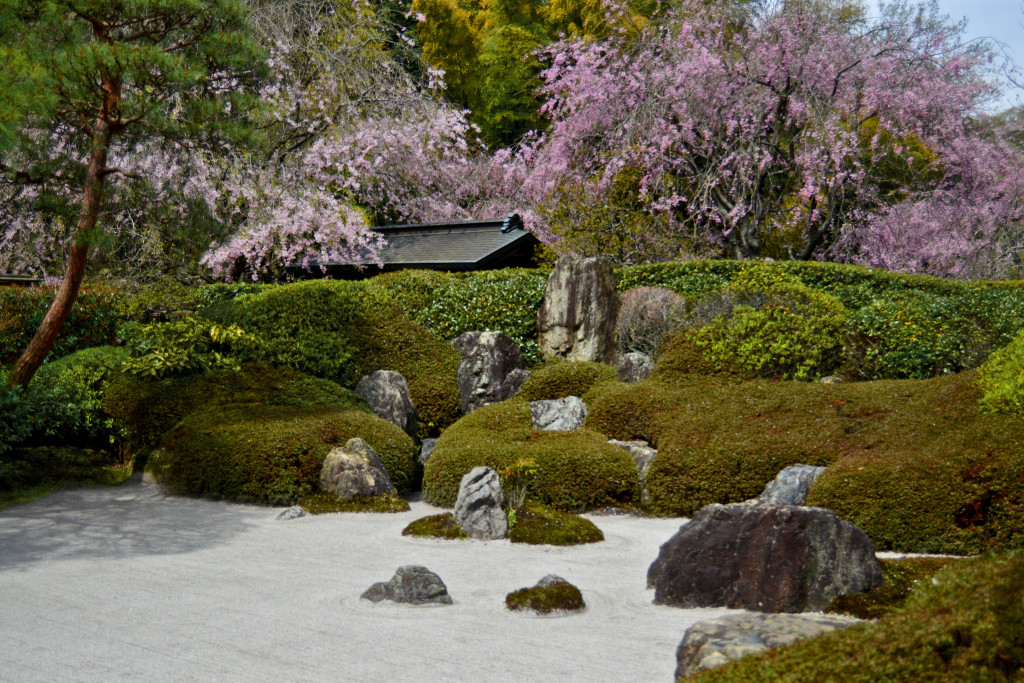
Ever since, cherry blossoms with their short but spectacular blooming season have been favorite subjects for Japanese poetry and painting, symbolizing life and beauty, evanescence and death. This poignant pleasure in the ephemeral transience of things is peculiarly and endearingly Japanese. There is even a term for such feelings “mono no aware” (the pathos of things), a wistful awareness of the impermanence of beauty. Impermanence is one of the essential doctrines of Buddhism which, over the centuries, has permeated many aspects of Japanese culture.
